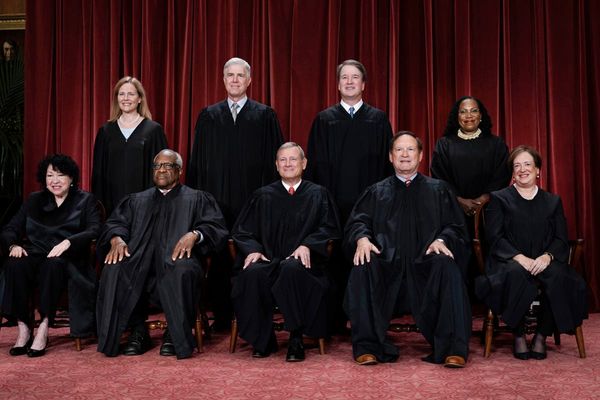Even in the humid weather of August and September, as in the dry heat of May, the ceiling fan continues to provide comfort to many in India. The ceiling fan market is undergoing a churn too, driven by policy imperatives and a regulation change. But the fan market must learn from the successes and hiccups of the light-emitting diode (LED) bulb story. The policy imperative driving the change in the fan market is energy transition in a world that must grow sustainably with changing climate. India’s goal of reducing harmful emissions per unit of GDP, by 45% by 2030, relative to 2005, requires a sharp reduction in the energy consumed for economic activity. Households account for nearly a third of all electricity consumed in India, and ceiling fans, used by 90% of households, as per a Council on Energy, Environment and Water (CEEW) survey of 2020, represent about a quarter of household electricity consumption. The India Cooling Action Plan projects that the number of fans in use in India could grow to a billion by 2038, from about 500 million now, as incomes grow along with average temperatures.
The ‘star rating’ programme
Given the importance of fans, the Bureau of Energy Efficiency (BEE), India’s energy efficiency regulator under the Union Ministry of Power, made the Standards and Labelling (S&L) programme, popularly known as the ‘star-rating’ programme, mandatory for ceiling fans in May 2022. This was a long-awaited shift from the voluntary programme implemented in 2009. But ‘5-star’ fans (the star rating) cost twice as much as typical unrated fans — not a small barrier to adoption in India’s price-sensitive market. To tackle this, Energy Efficiency Services Limited (EESL) is planning a demand aggregation programme to sell 10 million ‘5-star’ ceiling fans. The programme hopes to transform the fans market much like it did for LED lamps under the famous Unnat Jyoti by Affordable LEDs for All (UJALA) programme. The UJALA programme, launched in 2015, helped reduce the price of LED lamps from ₹400 to ₹90 in a span of three to four years. But ceiling fans are a more complex appliance than LEDs. Here are four measures for a sustainable and beneficial transformation of the fans market.
Steps to a transformation
First, maintain a technology-agnostic policy. Demand aggregation is most effective when a single technology specification is procured in bulk. In the case of LEDs, it was the nine-watt white light LED bulb. But fans have a wider spectrum of technology, each with its own trade-offs. A policy that covers more than one specification would be more cost-effective in the long run. A typical ceiling fan uses the time-tested induction motor, which is rugged but may have limits on energy performance. The newer kid on the block, the brushless DC (BLDC) motor, is the only commercially available technology so far that meets the ‘5-star’ performance benchmark. But it has a high import dependency for components. Other motor designs are either underdeveloped, too costly, or have an even higher import dependence. As BEE’s regulation change kickstarts innovation, demand aggregation under a technology-agnostic policy must let manufacturers offer different technologies to consumers so that they can compete and market transformation is cost-effective. EESL’s intent to create a platform for demand aggregation is a welcome step in this direction.
Also read | Ceiling fans get costlier as BEE’s revised norms mandate star labelling
Second, manage the balance between price reduction and quality. The intense pressure on price on LEDs during the UJALA programme led to lower-quality products entering the market, with higher failure rates. A 2019 study found that half the LED brands were non-compliant with safety standards. While replacing a bulb is easy and cheap, replacing a ceiling fan is inconvenient and costly. Low-quality products could lead to a deficit of consumers’ trust in the new technology, prompting them to revert to the old. To make the transition more sustainable, demand aggregation programmes must let the market actors determine the trajectory of price reduction rather than enforcing it.
Boosting domestic manufacture
Third, foster high-quality domestic manufacturing capacity for high-efficiency fans. While the growth of the LED market spawned new manufacturers and brands, India arguably missed the bus on maintaining the quality of local manufacturing and reducing import dependence for components. India can leverage its massive domestic market to achieve economies of scale for finished products and components, and expand into the export market. India already exported about five million fans in 2021, primarily to the United Arab Emirates, Nepal, Ghana, Sri Lanka, Sudan and Iraq. As more countries enforce minimum energy performance standards for fans, Indian quality and performance standards must be updated to align with international ones to ensure that manufacturers are competitive.
And, finally, dedicate resources to strengthening the standard and labelling programme. At least 30% of India’s ceiling fans market may be unorganised. This segment is likely to be a late adopter of new technologies and will keep selling cheaper, inefficient fans to price-sensitive or unassuming consumers in the meantime. BEE and its State designated agencies must use their market monitoring powers to ensure that products with authentic energy performance labels reach consumers, non-compliant models are taken out of the market, and barriers to selling new energy-efficient models are lowered.
Fans are undergoing their first major phase of disruption in decades. Energy-efficient fans can not only help the vulnerable population get access to a critical service for coping with events of extreme heat with lower electricity bills, but are also central to India’s clean energy transition and can play a part in its economic growth.
Dhruvak Aggarwal is a Programme Associate at the Council on Energy, Environment and Water (CEEW). Ritikaa Khanna was Consultant at the Council on Energy, Environment and Water (CEEW)







